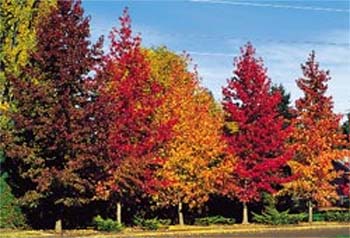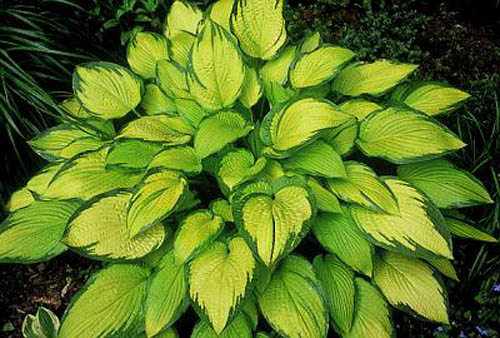Winter is a time when understated details come to the foreground. Dead withered flowers, like the faded blossoms of Autumn Joy linger on the plant, providing a somber beauty inviting one to touch their crisp dry flower heads. Because there are fewer garden chores, we can settle back and appreciate the small things such as the intricate pattern found on cherry bark or the graceful form of a dogwood tree silhouetted against dark winter skies. One can really appreciate the contorted shape of the Harry Lauder’s Walking Stick on a grey Winter day.
Molly Dean, a frequent contributor to Flower and Garden magazine wrote:
“The beauties of winter gardens, dictated by uncertain weather conditions, are fragile, fleeting and subtle. Because of these qualities, though, they are to be valued like the rarest jewels. Much is written about planning for winter gardens — and planning is certainly a factor. Chances are, though, many of us are unaware of the “winter gardens already blooming in our back yard. The key to their discovery is to look at gardens with a different perspective and learn to appreciate winter’s more subtle beauties.”
The most notable plants in the Winter garden are; of course, the trees, their massive form dominates the landscape. The beautiful corkscrew willow provides a kind of elegant contortion, especially when curling, greenish-yellow shoots are highlighted by a calm backdrop such as water. Other trees that have especially graceful branching patterns include the star magnolia, hinoki cypress and Japanese maples.
Winter still finds some plants besides conifers, colorful even in Zone 5,
- Calluna vulgaris – Summer heather is standing erect with foliage in gorgeous hues of bronze, coral and red.
- Hellebores niger – Christmas Rose is still green, and there are buds forming under the slightly tattered foliage.
- Gallium – Sweet woodruff still looks green and sprightly.
- Primula elatior – Red’s foliage is still as crisp as lettuce.
- Heuchera micrantha – Purple Palace is a bit battered, but still colorful.
Other plants are no longer green, but they do present an interesting look:
- Salix vitellina – Coral Embers Willow presents strong vertical lines.
- Coreopsis verticllata – Moonbeam is an interesting silhouette in bronze.
- Sedum – Autumn Joy’s remains are still attractive in late Winter
- Fescue – Elijah Blues are still blue beneath their dead tips.
- Ulmus parvifolia – Chinese Elm has fascinating bark with small irregular patterns of reddish brown, pale green and silver.
- Calamagrostis arundinacea – Karl Foerster has a strong vertical shape that when used in mass is outstanding.
- Hydrangea quercifolia – Oakleaf Hydrangea provides beauty with its warm-toned, exfoliating bark.
- Cornus sericea – Yellow-twigged dogwood has bright yellow branches.
- Kerria japonica – Alba’s green twigs are outstanding in Winter.
These plants really show up against snow or a dark backdrop of conifers. The strong vertical and horizontal manner of growth of many of these bring to mind how important a plants shape becomes, even more important in winter — the design elements line and form.
There is a wealth of plants that can be used to enhance the Winter landscape. In fact, given the right location, any plant can be used effectively. One needs to look at the lines provided by the hardscape, buildings, fences, rocks, walks, and even roadways that are often only visible in Winter.
Take time now in Late-Fall to evaluate your garden. Make notes and drawings or, better yet, take pictures so that with the coming of Spring you can take the necessary steps to improve your Winterscape. It is easy to forget how the garden looks in the spring with everything in bloom.



